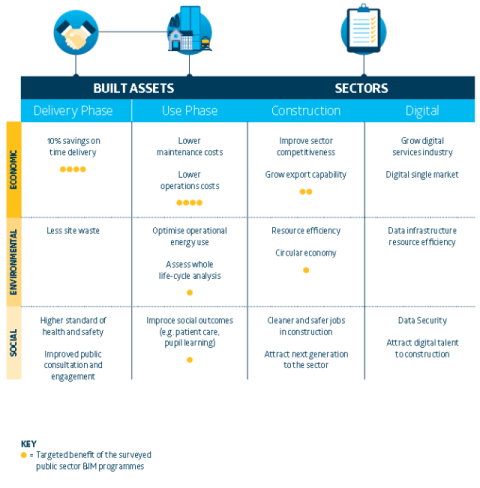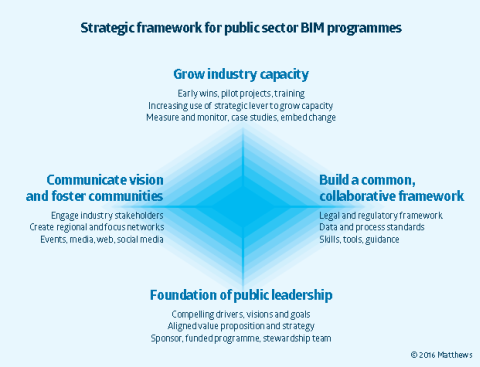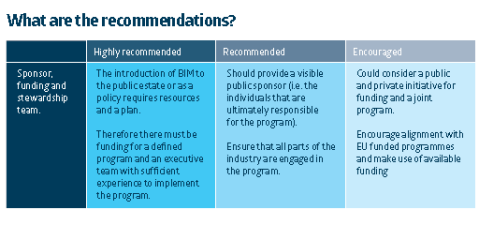The EU BIM TASK Group recently released the EU BIM handbook during the European Commission’s construction conference in Brussels last July 6, 2017. The handbook entitled “Handbook for the Introduction of Building Information Modelling by the European Public Sector”, is a collection of recommendations from experiences of public policy makers, public estate owners and infrastructure operators that address the following questions:
- Why have governments taken action to support and encourage BIM?
- What benefits can be expected?
- How can governments and public clients provide leadership and work together with industry?
- Why is public leadership and European alignment critical?
- What is BIM? And what is the common European definition?
The Task Group
The EU BIM Task Group is a pan-European collaboration of experts from 21 countries with one common goal of encouraging the wider introduction of BIM to tackle the growing challenges faced by European governments and public clients to stimulate economic growth and competitiveness while delivering value for the public’s money.
In the handbook’s foreword, Elżbieta Bieńkowska, the EU Commissioner for Internal Market, Industry, Entrepreneurship, and SME has this to say: “I believe this handbook and its wide use will contribute to an open, competitive and world-leading digital single market for construction and I would like to call for its broadest possible adoption and use. I also would encourage a wider conversation across the public and private sectors for further collective action.”
The Handbook
The handbook is aimed at creating alignment across both the public and private sectors for the introduction of BIM to Europe to encourage the growth of open markets. The handbook focuses on the digitalisation of the construction sector and how the use of technology, digital processes, automation, and higher skilled workers are important and contribute substantially to the EU’s economic, social, and environmental future.
During the European Commission Construction Conference, “Let’s Build Changes!”, EU BIM Task Group Chairman, Adam Matthews commented, “Our vision is to build, together with the private sector, a competitive and open digital construction market; one that sets the global standard. This handbook demonstrates the importance for coordinated public sector action across both European and national levels to drive towards this vision forward.”
The handbook is written in English (with a presumption that translations will follow soon) and has three main sections: Introduction, General Guidance, and Action Recommendations.
Introduction
The introduction presents BIM from an industry perspective and how the BIM handbook can be the point of reference for the European public sector. The central idea is to have standard guides and recommendations for BIM and BIM-related processes and by following said guidelines, digital capacity can flourish, uniform work processes can be developed and behaviours and mindsets can change through constant communication of BIM’s value.
General Guidance
In the next section, an in-depth look on BIM focuses on the value proposition:

It also identifies the four most important strategic areas for public sector BIM programs, highlighting the four core definition areas:


Action Recommendations
The third section consists of clear action recommendations — both at a strategic level and an implementation level. Following each recommendation are actions that are either “encouraged”, “recommended” or “highly recommended”.
For example, the following recommendation and actions center around sponsor, funding, and stewardship team. Actions towards communicating the strategy includes the goals of engaging the industry and its institutes, developing a framework for the technical processes, using standards for classification and information exchange (for construction site standards, building site control, compliance to construction environmental laws, among other things), provide tools and templates for the development of key documentation (like construction task tracking for building project tracking), etc.

The EU construction industry’s BIM initiatives seem to be stimulating the rise of open BIM standards all over Europe, led by the Netherlands. The handbook also includes interesting case studies across Europe that highlight successes of BIM implementation. The “Handbook for the Introduction of Building Information Modelling by the European Public Sector” is free to download from the EU BIM Task Group website. Supplement this download with another interesting free ebook, “The Circle of Productivity“, to help with overall construction productivity.




